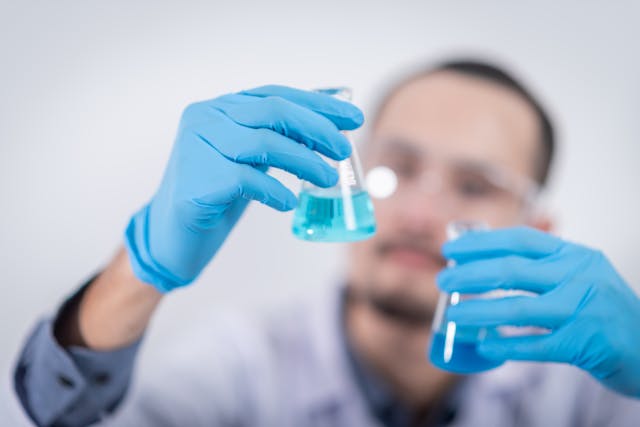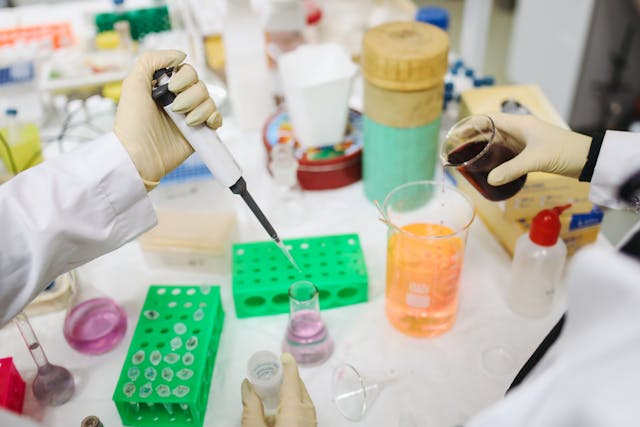Certified Water Testing Lab
Accurate, fast, and certified water testing services to monitor quality and maintain environmental and health standards.
Doorstep Pick-Up & Delivery
Doorstep pick-up and delivery services are often offered by businesses to enhance customer convenience.
24/7 Support Assistant
The support assistant is available 24 hours a day, every day of the week, ensuring continuous accessibility.
Darsh Labs and Research Pvt. Ltd. was founded to deliver precise and reliable analytical services
Since our inception on 31/08/2023, we have evolved into a multidisciplinary scientific organization. Our services range from environmental quality monitoring and ecological surveys to detailed EIA/EMP studies. We support industries and projects in complying with environmental regulations and achieving sustainability goals by offering scientifically sound, regulatory-compliant solutions that bridge research, testing, and sustainability.
We also extend our expertise in:
- Hazardous waste audits
- Formulation of Onsite Emergency Plans
- Pre-project Health Risk Assessments
- Socio-economic and ecological surveys
Our strength lies in the synergy between research, regulatory know-how, and hands-on technical capabilities.


We are willing to take bold action to achieve the extraordinary.
Water Testing
Water testing is a process of analyzing water samples to assess their quality and suitability for various purposes, such as drinking, industrial use, agriculture, and recreational activities.
NDT Testing
Non-Destructive Testing (NDT) Services are critical for ensuring the integrity, safety, and reliability of structures, components, and materials without causing damage or impairment.
Material Testing
Material Testing Services are the cornerstone of quality assurance and compliance across various industries, ensuring the reliability, safety, and performance of materials used in construction.
Coal & Minerals Testing
Coal & Minerals Testing Services play a pivotal role in ensuring the quality, purity, and compliance of these valuable natural resources. With our state-of-the-art laboratories and expert technicians.
Environmental Testing
Environmental Testing Services are essential for safeguarding public health, ensuring regulatory compliance, and mitigating environmental risks. Our comprehensive suite.
Soil Investigation
Our Soil Investigation Services encompass a range of techniques, from borehole drilling and soil sampling to laboratory testing and geophysical surveys.
Our Working Process
Client Briefs Project
The more details you can provide, the better lab can assist you
Lab Generates Proposal
Provide information on how the client can proceed with the proposal
Lab Start Testing
Specify the criteria for success and the key performance indicators
Reports Delivered
Our team is available for a follow-up meeting to discuss the contents
